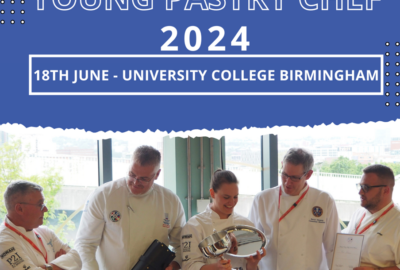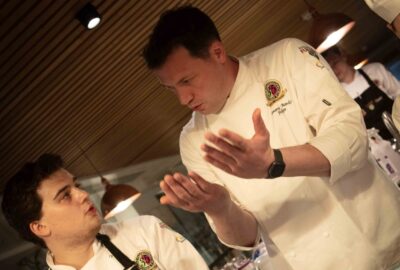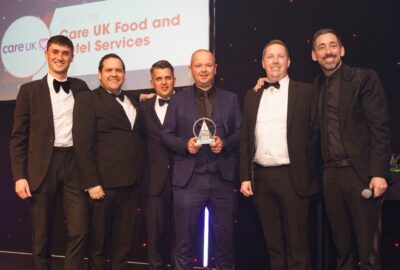In the Jan/Feb issue of Stir it up, Andrew Kuyk CBE, director general of the Provision Trade Federation, explained the reasons why food prices are set to increase in the UK. Here, three leading industry experts provide some canny solutions to help caterers combat food inflation…
Peter Backman, MD of Horizons
- The important thing is to have the plate covered. Imagine having a cylinder of steak, for example, cut into round slices. Instead, slice the meat at an angle so that it has a larger face. That way you can cut it thinner and you have the same amount of meat but it covers more of the plate.
- You can reduce the price of a dish by separating the vegetables from the dish itself so a dish you previously charged £10 for can be reduced to £9, then add vegetables in as a side for £1.50 You have the same as what you had previously but are charging 50p more.
- Shop around for cheaper supplies of the things that cost you the most, typically meat and fish. However most caterers won’t be willing to do this if they are happy with their supplier.
- Depending on current prices, change the type of fish you serve in a dish but continue to serve it in the same way. For example, swap Cod for Pollack or Sea Bream for Sea Bass.
John Hyman, chief executive of the British Frozen Food Federation
As inflation is expected to affect foodservice outlets, our top tip would be to buy frozen to beat the price increase. We know that due to a much longer shelf life than their fresh counterparts, frozen ingredients offer the significant benefit of constant availability, meaning that price inflation due to demand becomes much less of an issue. Improved freezing technologies mean that frozen products such as raspberries and asparagus retain their natural texture and flavour, allowing them to be used all year round. For chefs, this means that signature dishes which use seasonal produce can be placed on the menu throughout the year, in the knowledge that high quality food is being served to diners.
Another way of off-setting the effects of food inflation is to reduce wastage in the kitchen and get the most out of your budget. Food waste is a real issue in the hospitality and foodservice sector, with 920,000 tonnes of food being wasted in outlets each year, 75% of which is avoidable and could be eaten. With frozen food, chefs can easily offer consistent portion sizes as any unused food can be placed back in the freezer. On top of this, any waste that comes from the preparation of fresh product is removed by using pre-prepared, frozen ingredients, helping to reduce waste and save money.
Simon Stenning, executive director, MCA Insight
Menu pricing MCA analyses pricing of starters, mains and desserts, as well as side dishes, and takes an entry point (lowest price on menu), exit point (highest) and the typical price (using an actual price of a dish rather than an average, and one that is a best-selling item). Operators should look at the stretch between exit and entry, and try to ensure that there is a great value entry price along with a premiumised exit price, with a good stretch in between. The low entry price encourages consumers to think that the whole menu is good value, whilst a high exit price encourages some to splash out for a premium experience. Importantly, it helps typical dishes look better value, especially if they have increased in price. MCA believes that with rising inflation consumers will look for some good value deals, so it is important to provide these, even in a loss-leader type way, but then put effort into upselling and moving customers onto a higher-priced item through specials boards and recommendation.
Flexitarianism This is a trend of consumers choosing to eat non-meat dishes, without being vegetarian; meat-free options are healthy, appealing and attractive, plus they can offer great value. The key is to use local vegetable produce (which shouldn’t be subject to inflationary increases) and to dress it up so that it holds appeal to all diners. If this is combined with trendy flavours such as Sri Lankan, or smoked/BBQ, then the result is a real winner – good value, attractive, healthy and low in cost.


